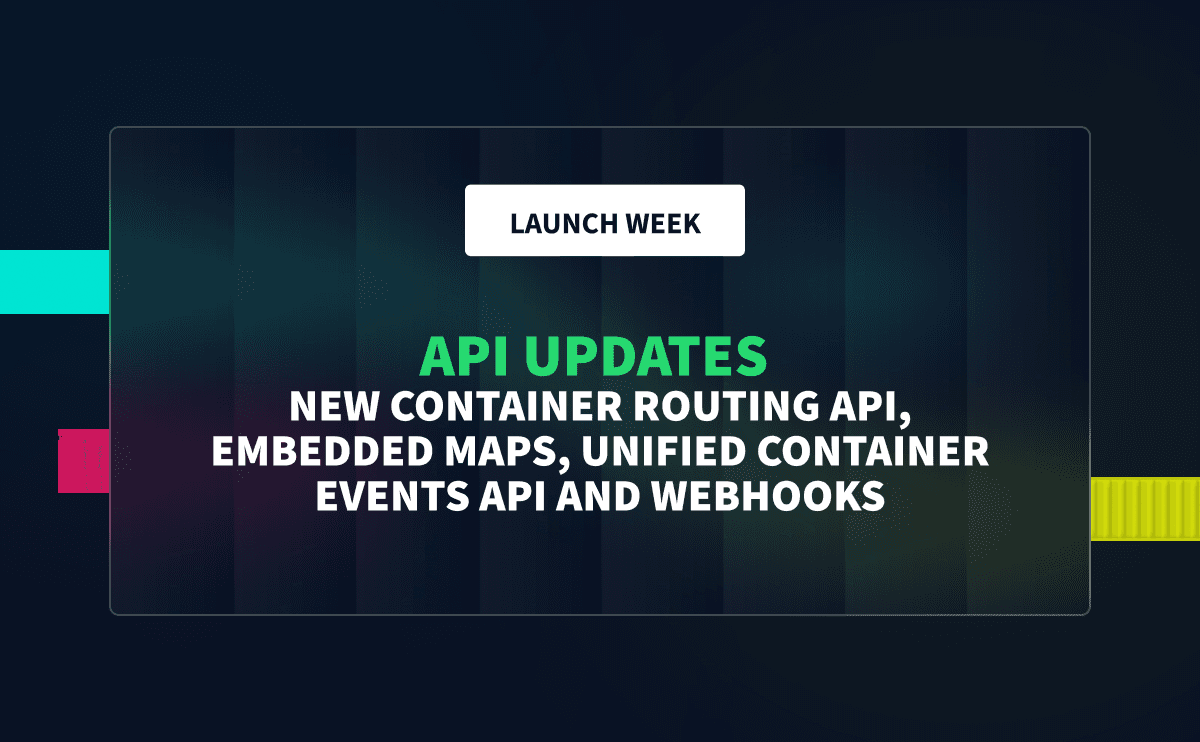Efficient freight routing is a critical aspect of supply chain management that directly impacts the cost-effectiveness of shipments. As businesses strive to remain competitive in today's global marketplace, optimizing freight routing becomes essential for reducing transportation expenses, improving delivery times, and enhancing overall logistics performance. In this article, we will explore key strategies that can help businesses achieve cost-effective shipments through optimized freight routing.
Analyze and Optimize Transportation Modes
One of the primary considerations in freight routing is selecting the most appropriate transportation modes for different shipments. Different modes, such as road, rail, air, and sea, offer varying levels of speed, capacity, and cost. Analyze the characteristics of your shipments, including weight, volume, distance, and urgency, to determine the best mode for each situation. Also consider the nature of the commodity, such as perishability and fragility. A well-optimized mix of transportation modes can significantly impact overall transportation costs.
Implement Multi-Modal Transportation
In many cases, a single transportation mode may not be the most efficient option for the entire shipping journey. By implementing multi-modal transportation, which involves using multiple modes of transport within the same shipment, businesses can take advantage of each mode's strengths. For example, combining road and rail transport or utilizing a mix of sea and air freight can lead to cost savings and streamlined deliveries.
Utilize Freight Consolidation
Freight consolidation involves combining smaller shipments from multiple suppliers or customers into larger, full-container loads. This practice can lead to significant cost savings as it reduces the number of shipments and optimizes container space utilization. Freight consolidation is particularly beneficial for businesses that frequently deal with less-than-container-load (LCL) shipments. By consolidating shipments, freight forwarders can negotiate better rates and minimize handling and administrative expenses. FCL shipments also typically reduce transit time because LCL containers won’t ship until capacity is reached.
Embrace Real-Time Tracking and Visibility
Enhancing visibility throughout the supply chain is vital for optimizing freight routing. Implement real-time tracking and visibility technologies to monitor shipments at every stage of the transportation process. With accurate and up-to-date information, businesses can proactively address any potential delays, reroute shipments if necessary, and make data-driven decisions to improve overall efficiency. In addition to efficiency gained, visibility can be leveraged as an increased value of service provided to the end customer, and used as a tool to win business.
Leverage Geographic Information Systems (GIS)
Geographic Information Systems (GIS) offer powerful tools for visualizing and analyzing spatial data. By integrating GIS technology into freight routing processes, businesses can identify the most efficient routes, taking into account factors such as distance, traffic patterns, road conditions, and potential bottlenecks. GIS-based routing can lead to time and fuel savings, reducing transportation costs and minimizing the environmental impact.
Opt for Just-in-Time (JIT) Delivery
For businesses with lean inventory management practices, just-in-time delivery can be a valuable strategy. JIT delivery involves coordinating shipments to arrive precisely when they are needed, minimizing the need for warehousing and reducing inventory carrying costs. JIT not only optimizes freight routing but also streamlines the entire supply chain, contributing to overall cost-effectiveness. JIT can also enhance cash flow and reduce overhead cost of keeping inventory space and materials.
Negotiate Favorable Freight Rates
Establishing strong relationships with carriers and freight forwarders can open doors to more favorable freight rates. Regularly review and negotiate contracts with transportation providers to ensure competitive pricing. Consider long-term partnerships and volume commitments to secure discounted rates and priority services. Additionally, be open to exploring new partnerships to keep abreast of the changing landscape of logistics providers.
Conduct Regular Performance Reviews
Continuous improvement is key to optimizing freight routing. Conduct regular performance reviews to evaluate the effectiveness of your freight routing strategies. Analyze key performance indicators (KPIs), such as transportation costs, delivery times, and on-time performance. Identify areas for improvement and implement corrective actions to refine your freight routing processes continually.
Optimizing freight routing is a vital component of cost-effective shipments and efficient supply chain management. By analyzing transportation modes, embracing multi-modal options, implementing freight consolidation, leveraging technology for real-time tracking and GIS-based routing, adopting JIT delivery, negotiating favorable freight rates, and conducting regular performance reviews, businesses can achieve significant cost savings and enhance their overall logistics performance. Investing in efficient freight routing not only drives financial benefits but also contributes to improved customer satisfaction and competitive advantage in the global marketplace.
How Terminal49 Helps
In the dynamic landscape of logistics, Terminal49 aims to be an ally in optimizing freight routing for enhanced cost-effectiveness. For professionals navigating the intricacies of supply chain management, Terminal49's capabilities offer a practical and powerful toolkit. Seamlessly integrating insights and coordination across various transportation modes, Terminal49 guides decisions that lead to smarter routing choices. Its real-time visibility ensures that every move can be pre-emptively adjusted, preventing delays and ensuring shipments stay on track. By integrating Geographic Information Systems (GIS) data, Terminal49 takes a holistic approach, factoring in key elements such as distance, road conditions, and traffic patterns.
Terminal49's collaborative ethos plays a pivotal role, too. With its Vessel Insights feature, stakeholders in the supply chain gain access to shared information on vessel status. This fosters open communication, facilitating smooth coordination among suppliers, carriers, and customers. The result? More efficient operations, which naturally translate into reduced costs. By harmonizing these capabilities with savvy strategies, Terminal49 contributes to substantial savings in transportation expenses while effectively minimizing delays. It's not just about numbers on a balance sheet; it's about enhancing logistics performance on the ground, ensuring timely deliveries, and reinforcing the logistics industry's drive for continuous improvement.





